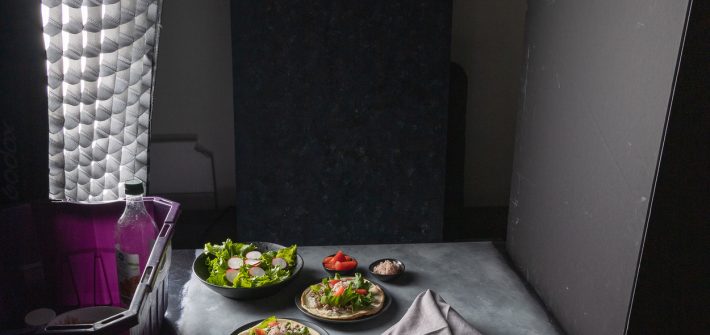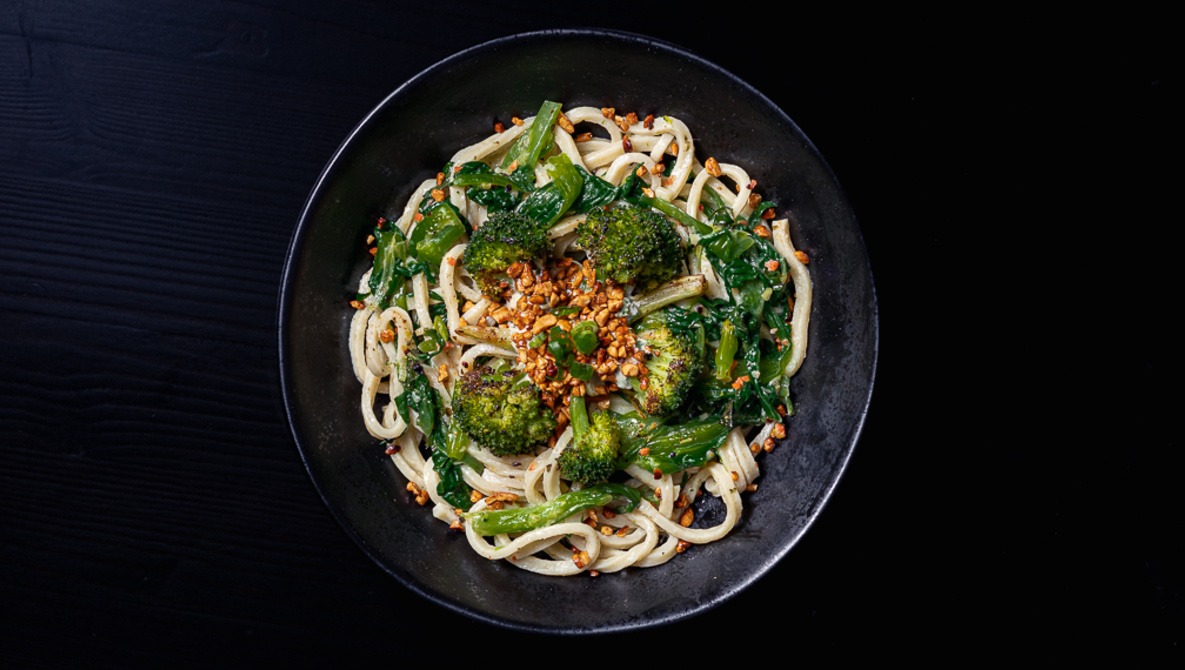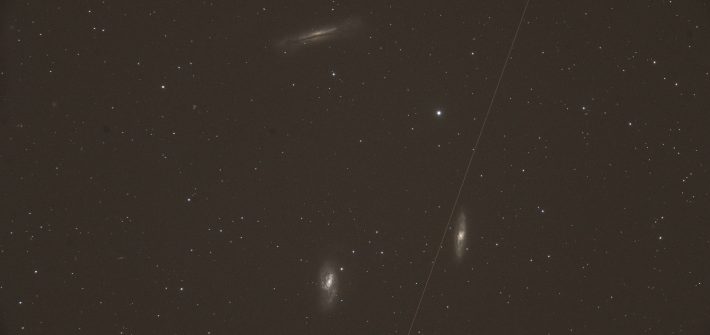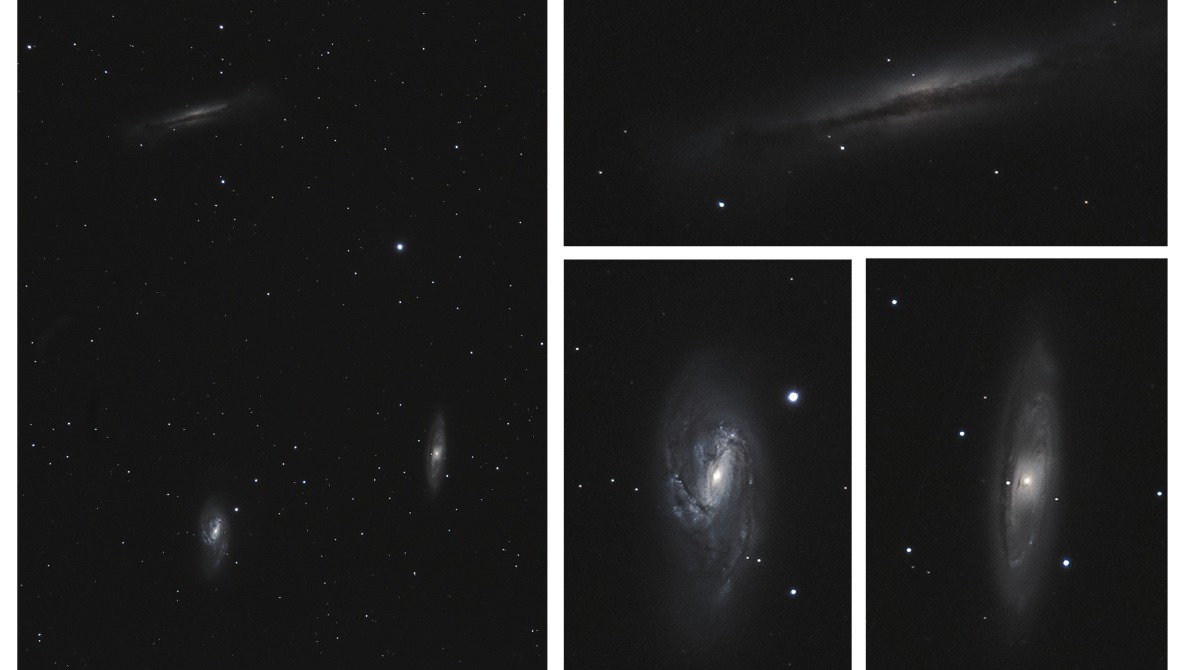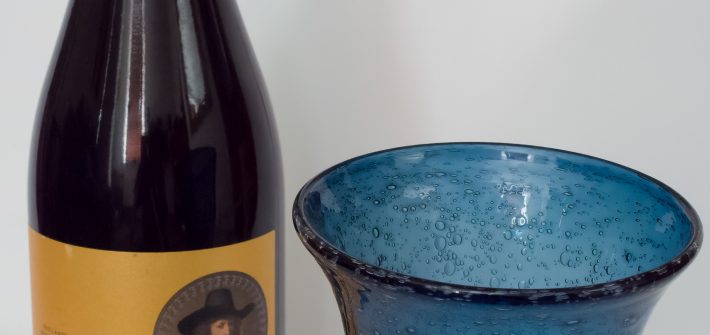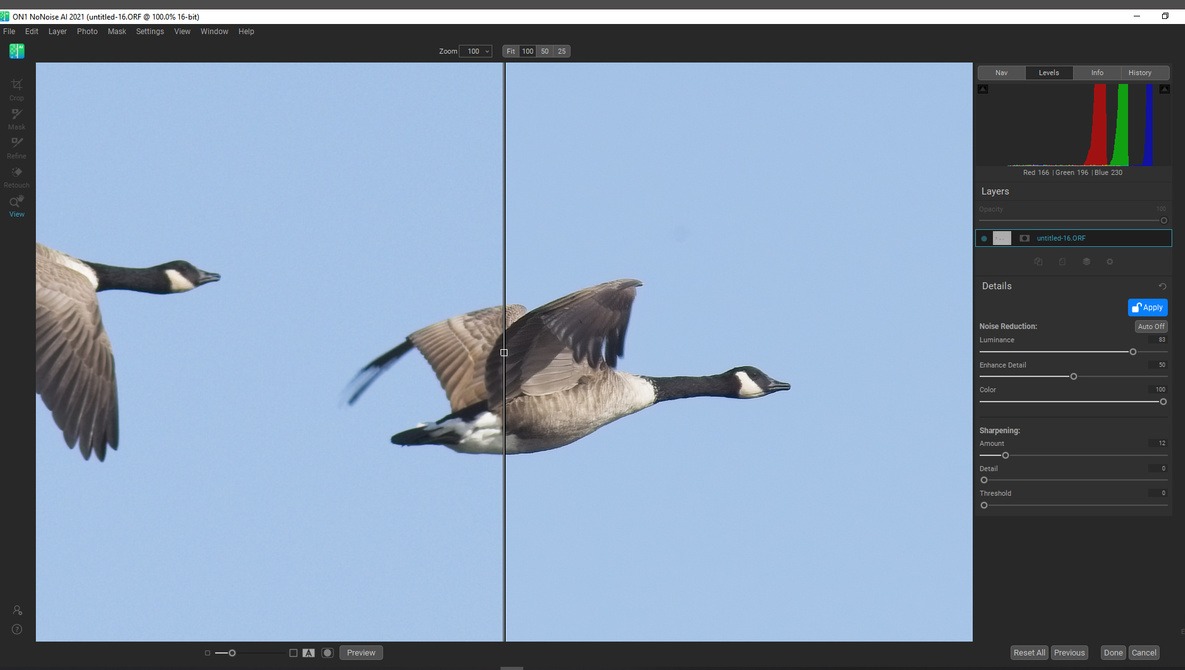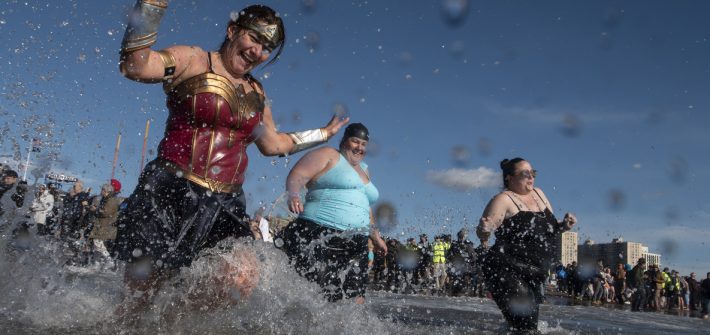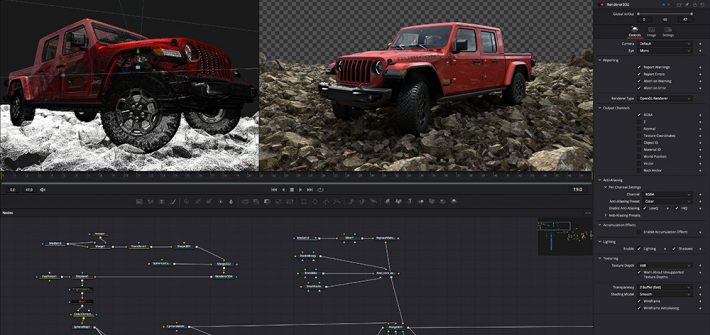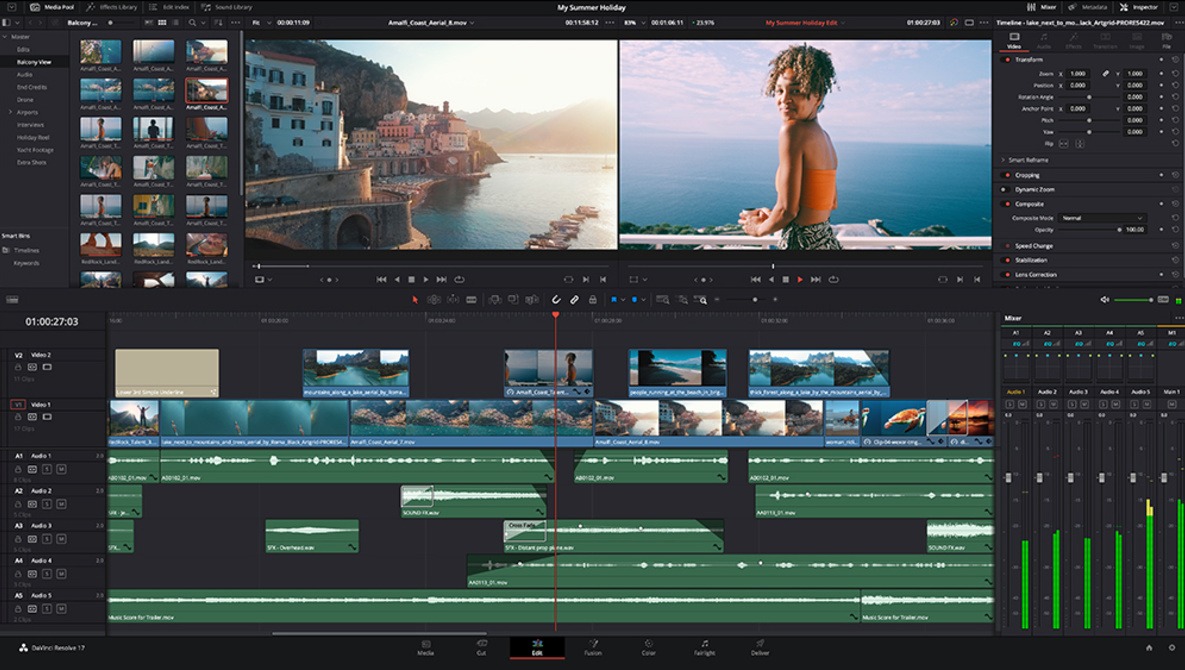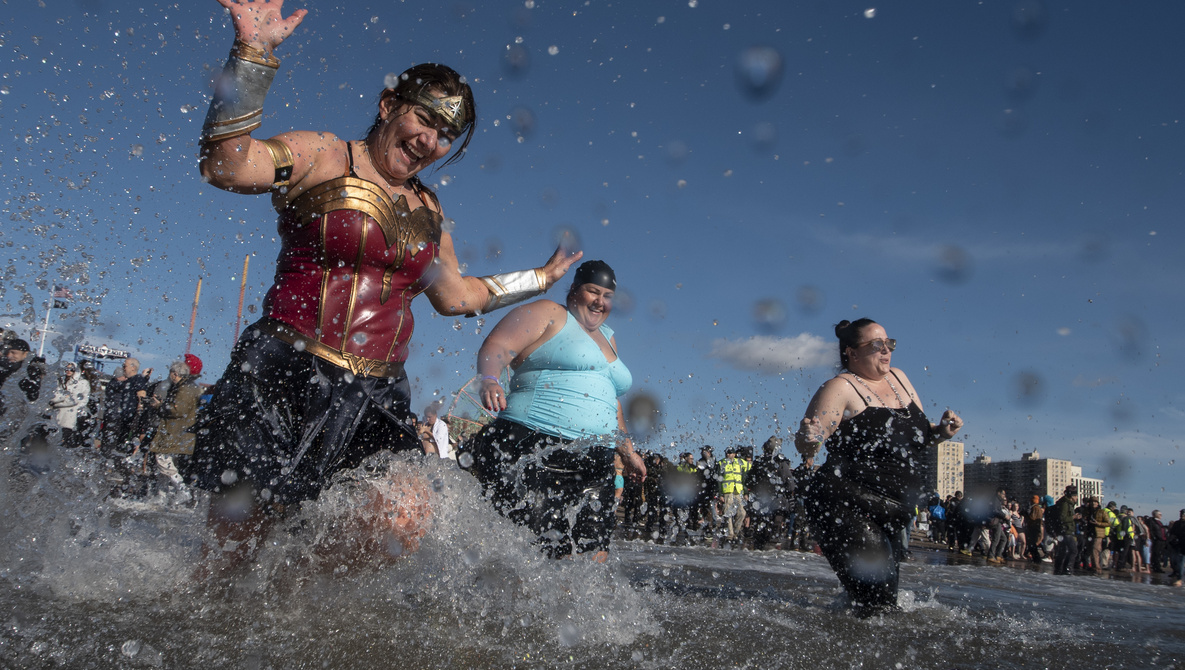
I’ve been covering the Coney Island Polar Bear Plunge like clockwork for well over a decade now, and I think it’s fair to say that I’ve picked up a few useful habits along the way. For those unfamiliar with the event, imagine several hundred folks in various stages of near-nudity packed into a corner of the beach. It’s typically rather cold – though some years have been colder than others – and everyone’s working themselves up into a fevered lather. In this excitement, a drum team forms up, creating a corridor from the top of the beach to the ocean. As the sound of those instruments gets louder and faster and more aggressive, the signal is sounded and the mob stampedes towards the Atlantic.
[ Read More ]
![]()
